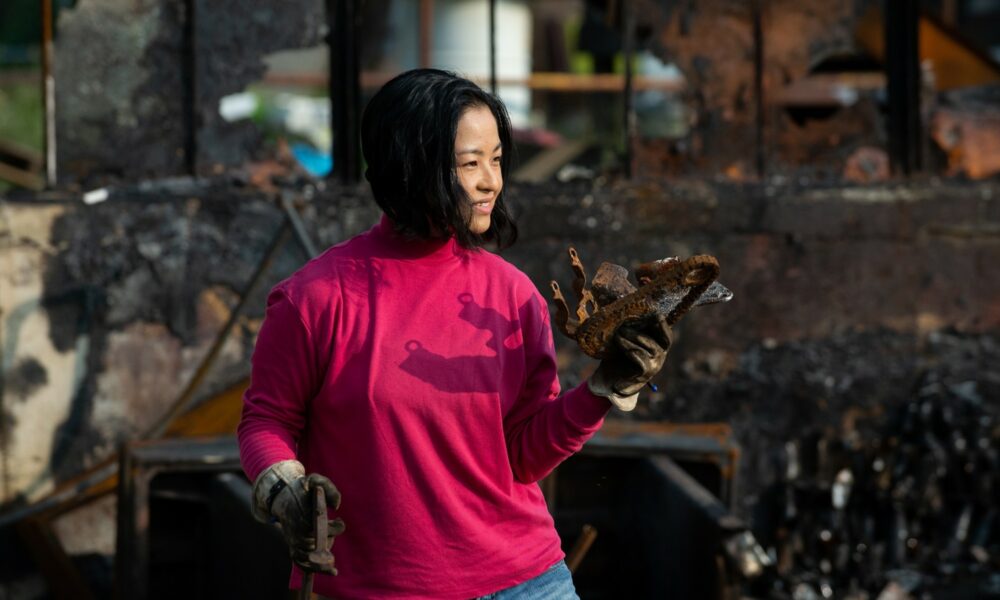

Today we’d like to introduce you to Sayaka Ganz.
Hi Sayaka, thanks for sharing your story with us. To start, maybe you can tell our readers some of your backstory.
I was born in and spent my early childhood in Yokohama, Japan. When I was 9 years old, my family moved to Sao Paulo, Brazil. We lived there for 5 years, then moved back to Japan when I was 13. We lived in Japan for 3 years, then when I was 16, we moved to Hong Kong. I decided that I wanted to go to college in the United States, and I went to Indiana University in Bloomington, Indiana. I met my husband Christopher in Bloomington. After graduating from college, I moved to Fort Wayne, Indiana with him. He was hired as an associate professor of printmaking, and they offered me a job teaching adjunct in drawing and 3D design. I entered my work into as many juried national and local exhibitions as I could, and I got into a few each year. I kept making sculptures between classes, and I also tried showing my work in art fairs. After 5 years, I went back to school and received my MFA degree from Bowling Green State University in Bowling Green, Ohio. That’s when I started using discarded plastic items in my work. And There wasn’t one big break; it has always been one small step at a time. Opportunities that look very impressive on my resume didn’t necessarily lead to much greater things immediately or compensate me very well. Other items that are easier to overlook on paper often helped me keep going.
Would you say it’s been a smooth road, and if not, what are some of the biggest challenges you’ve faced along the way?
Due to the nature of my work with discarded objects, organization and storage is a constant struggle for me. My materials are not expensive to buy, but when you acquire enough of them, even free materials become very expensive to store.
Appreciate you sharing that. What else should we know about what you do?
I specialize in the use of discarded plastic and metal objects to make animal sculptures that look alive. I attribute the illusion of life and consciousness to the openness of the forms I create. I am very careful to keep my sculptures looking like they can breathe. When I put too many objects on the outer surface, it looks more smooth, but it also loses something. I also look at each object and use it in a spot where it can contribute the most to the overall form. There are many artists these days that use plastic objects to make representational art, but I can always tell when someone is paying attention to each object or if they are just randomly attaching objects to cover a certain surface.
What makes you happy?
Perceiving anything beautiful makes me happy. I’m the happiest at work when I see the transformation and beauty happening in my hands. I love to travel and discover new (to me) beautiful sights. If I’m listening to music, a certain harmony makes me happy; I also love to sing.
Pricing:
- Lighted Jellyfish starts around $600 plus shipping/handling/tax
- Small commission starts around $500 plus shipping/handling/tax
Contact Info:
- Website: https://www.sayakaganz.com
- Instagram: @sayakaganz_reclaimedcreations
- Youtube: www.youtube.com/@sayakaganzs_reclaimedcreations
- SoundCloud: https://soundcloud.com/user-573220236
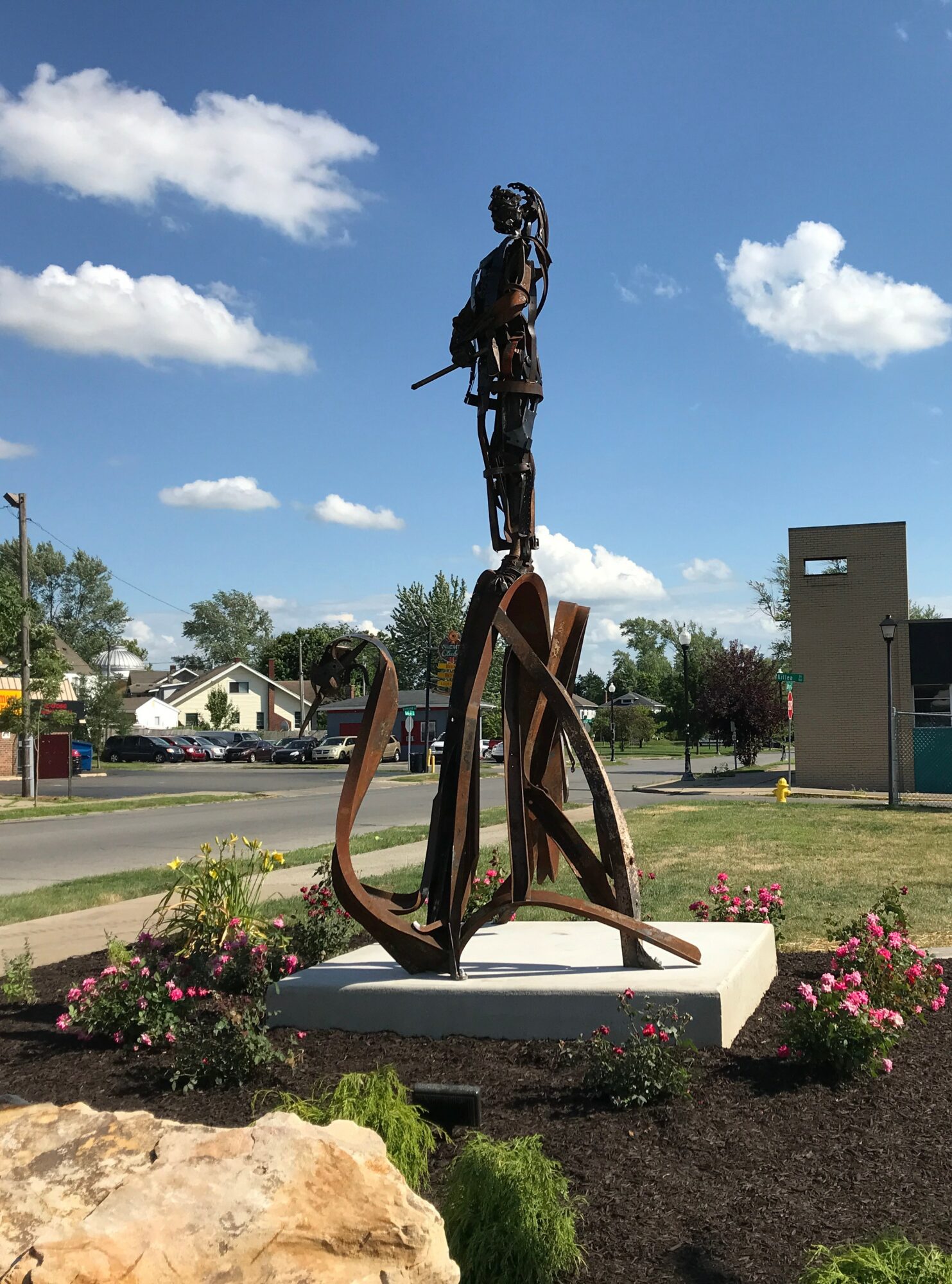

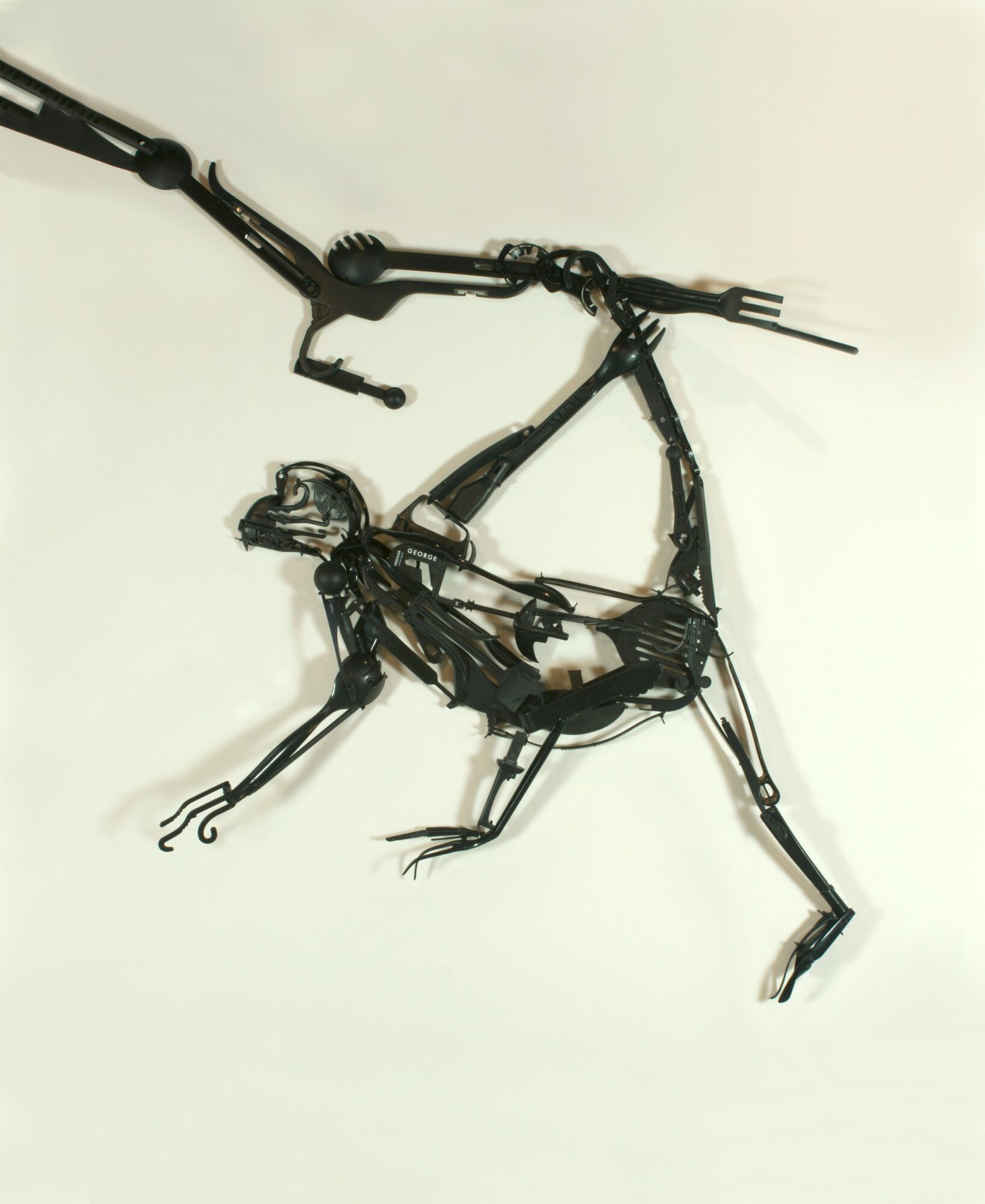
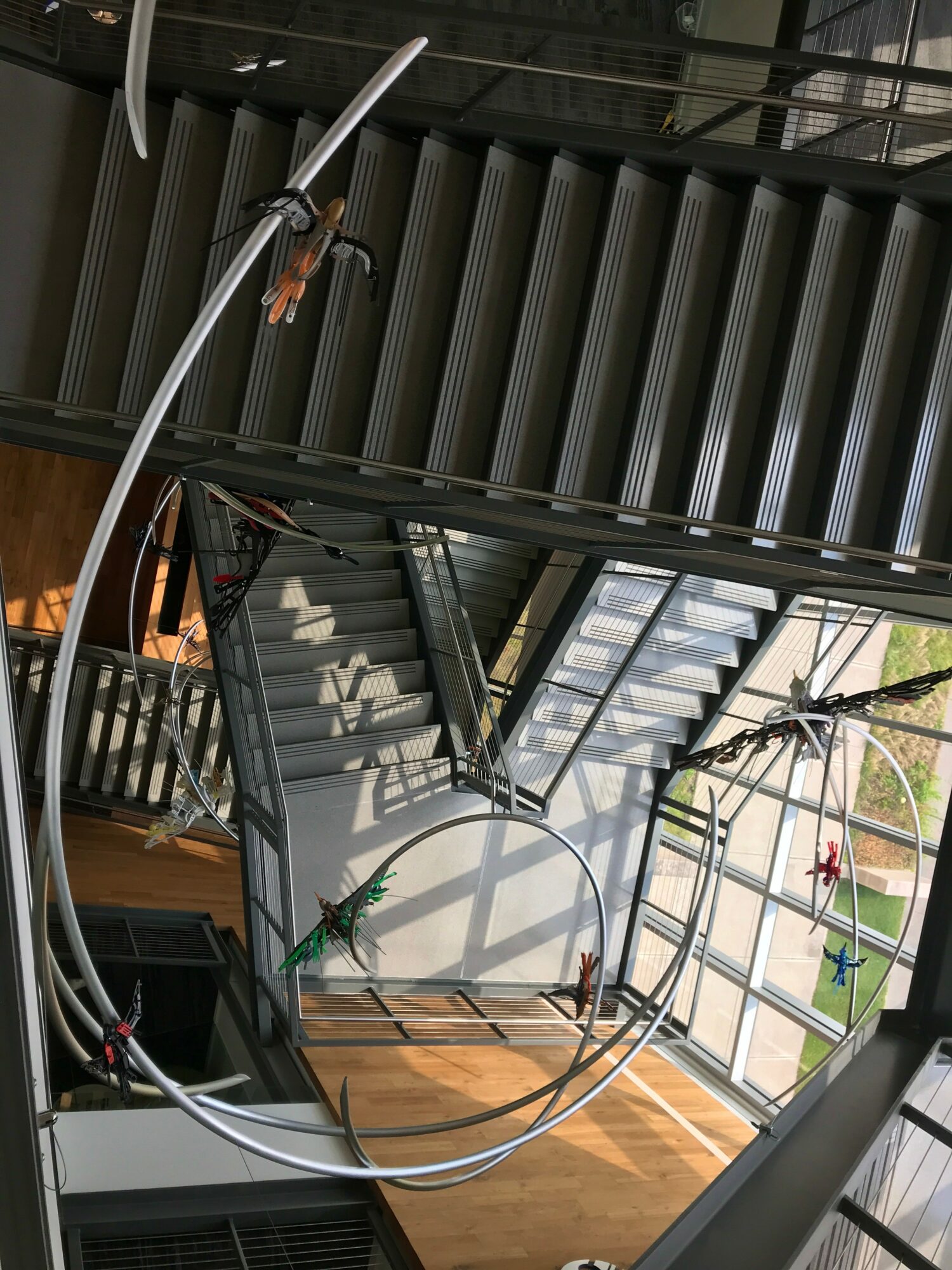
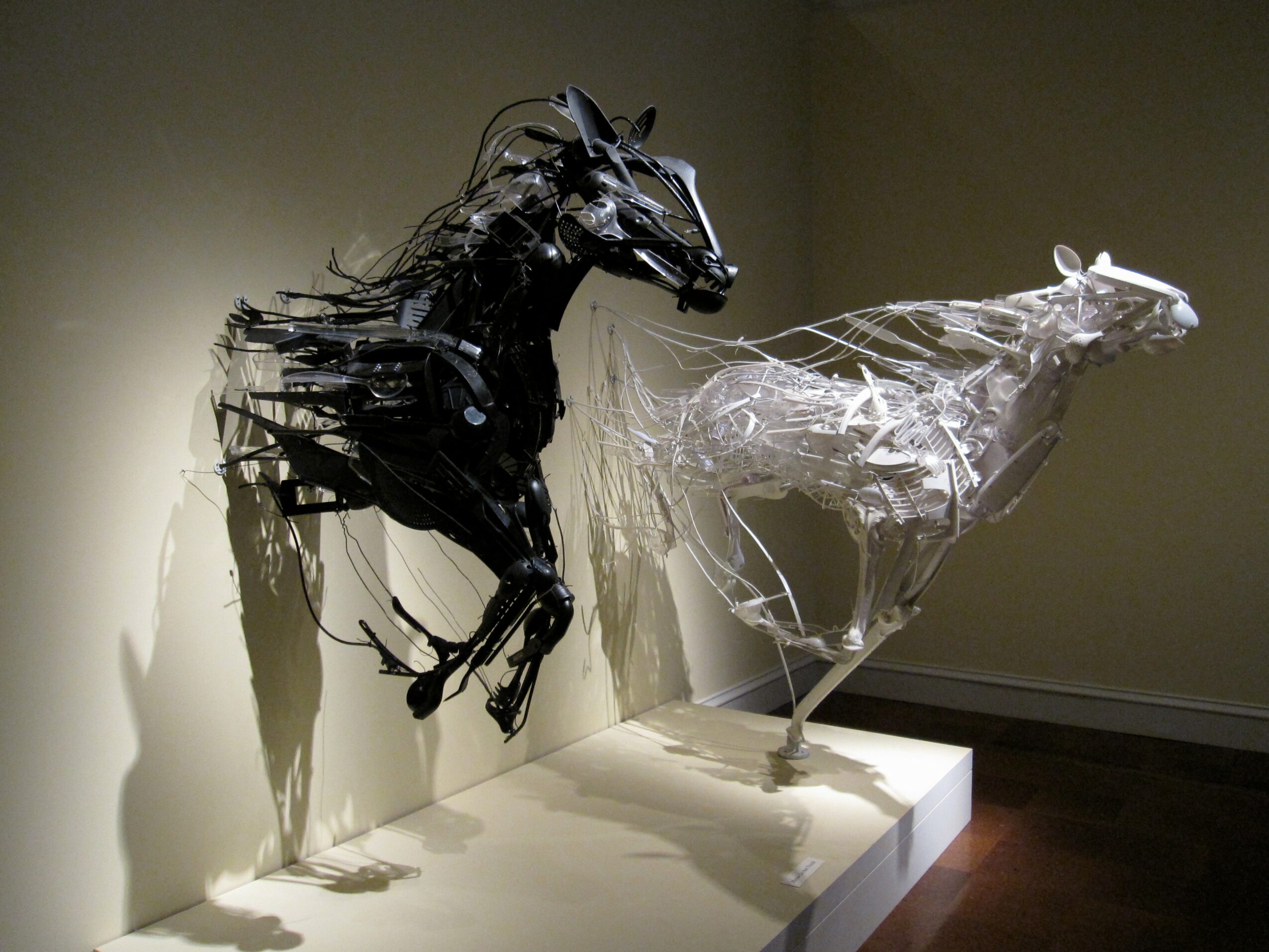
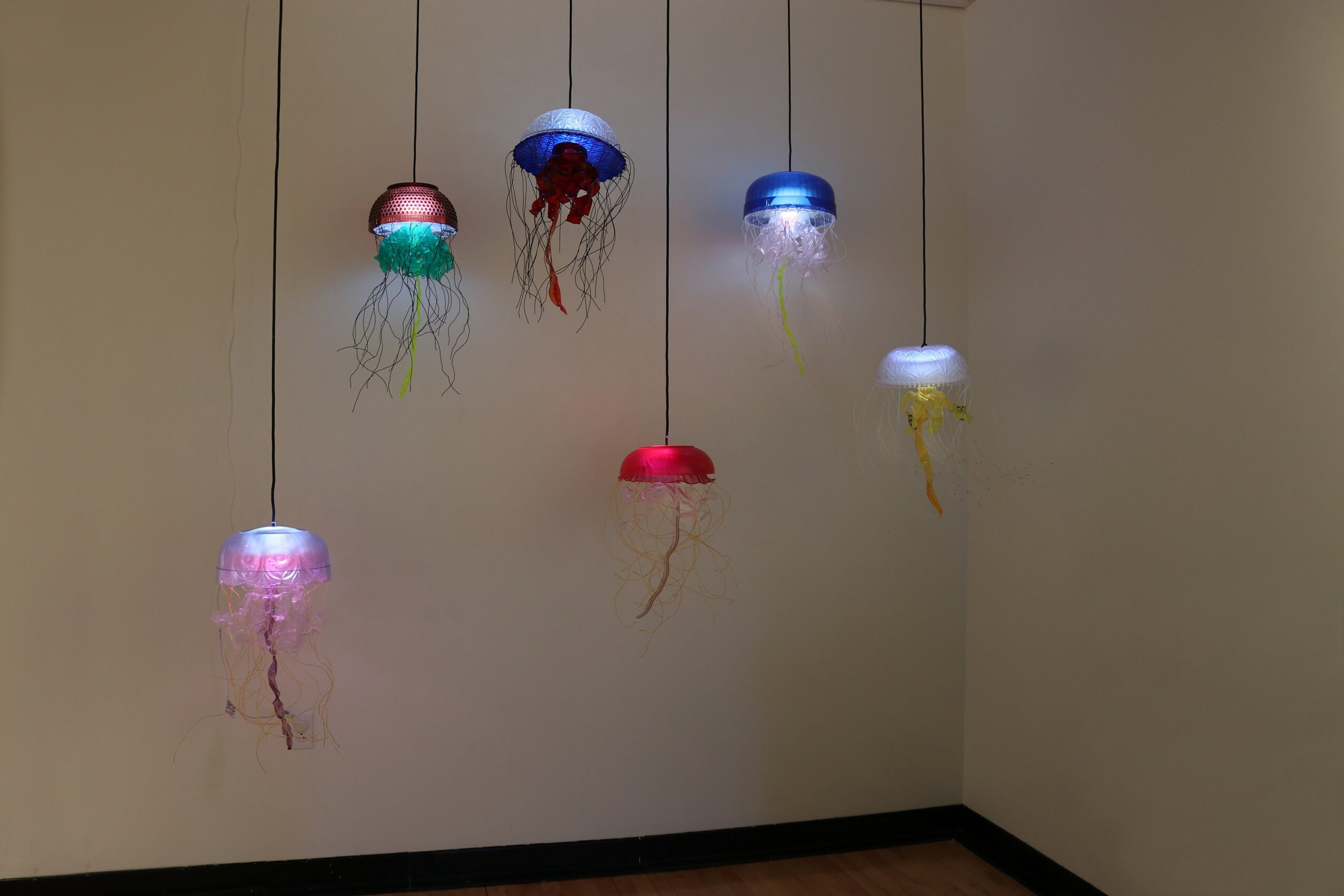
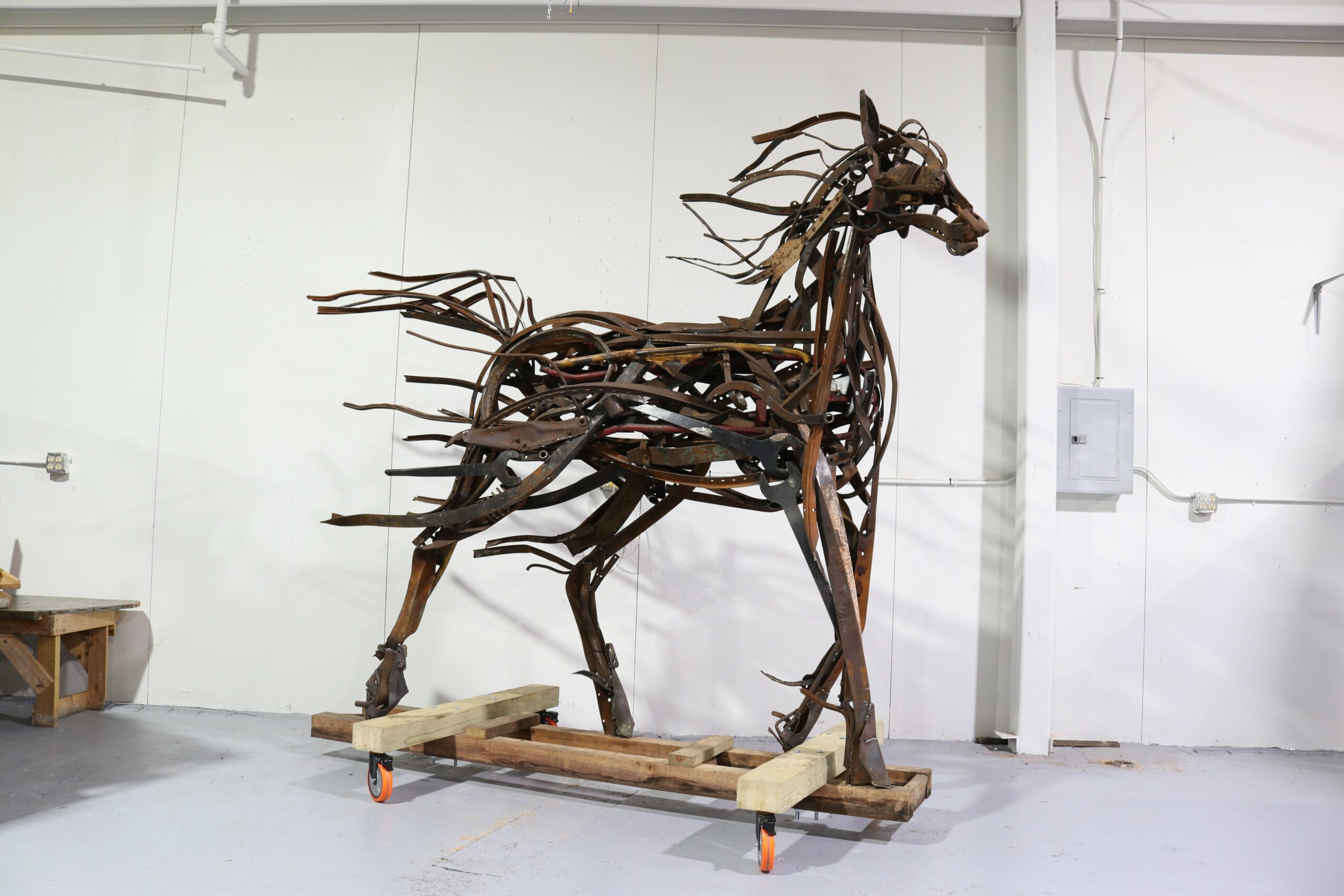
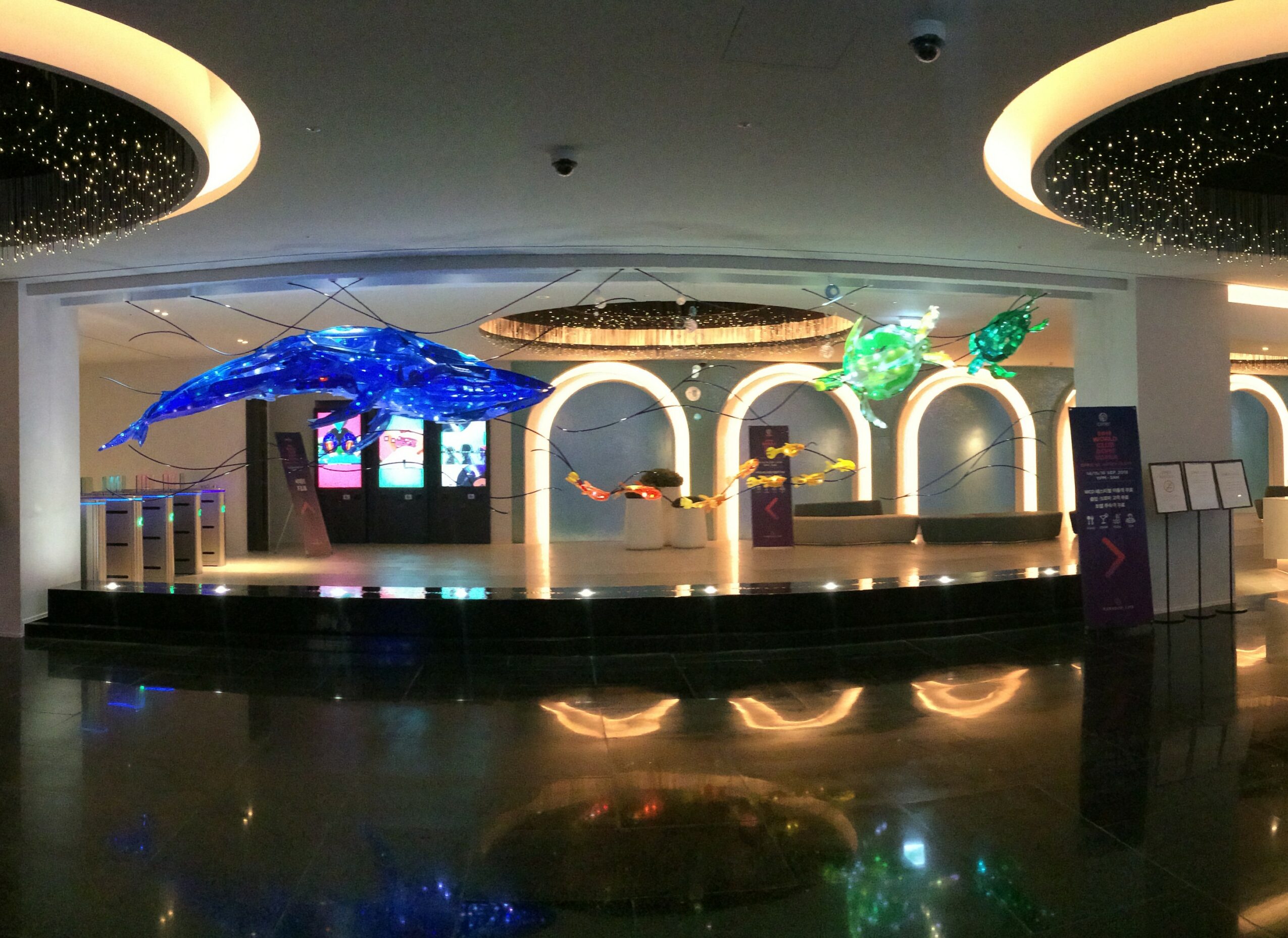
Image Credits
Rachel Von
Sheri Cotterman











